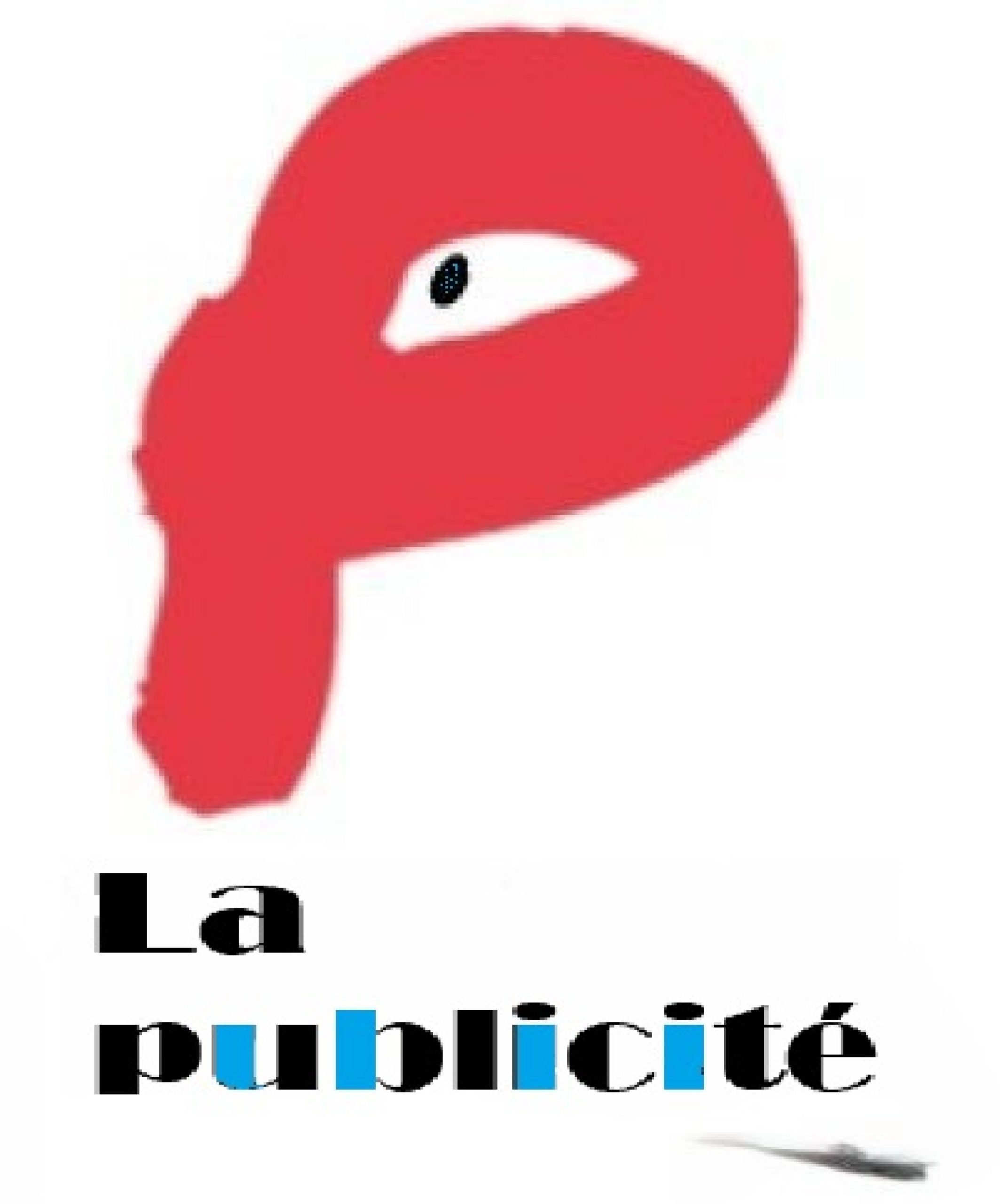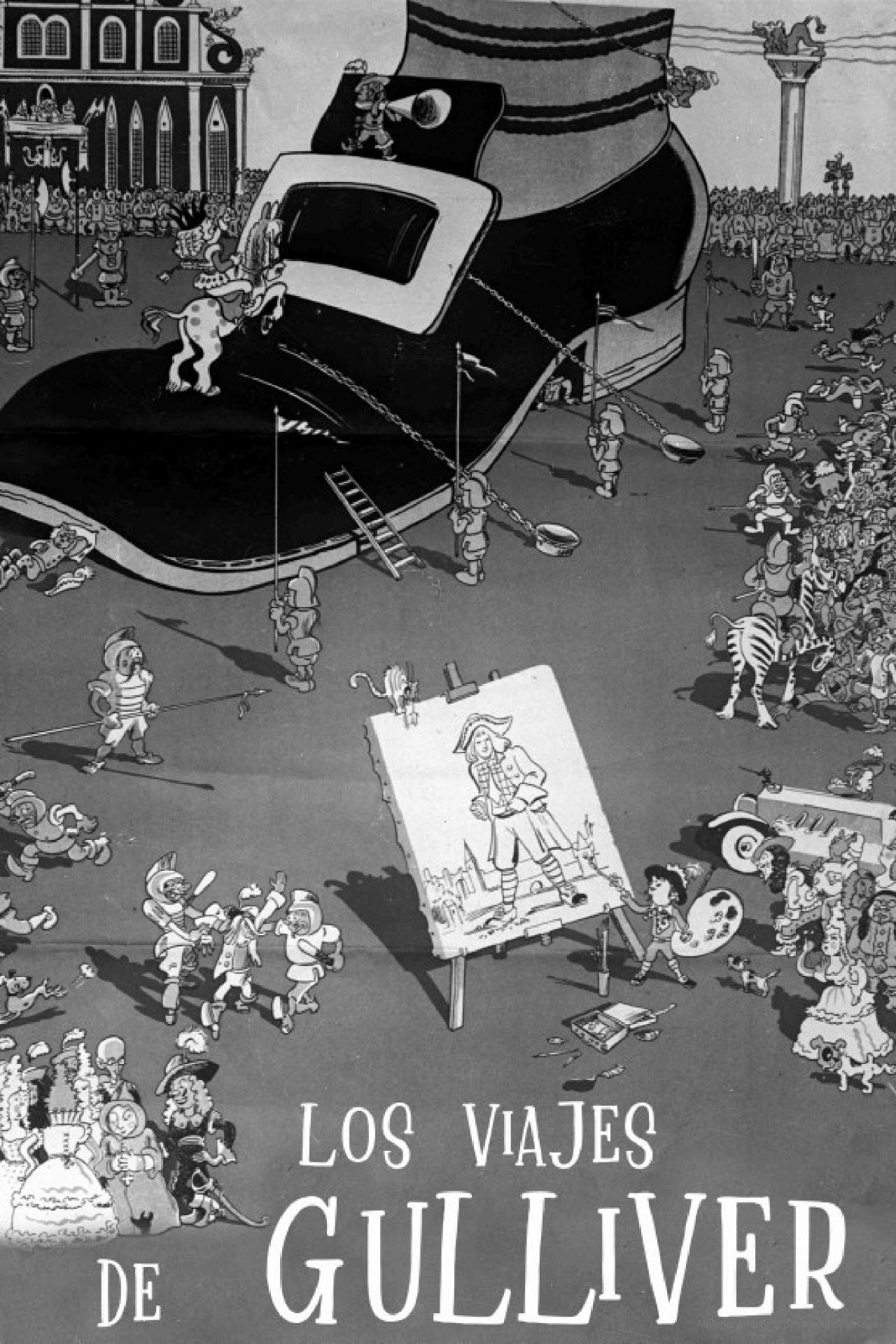Gulliver’s Travels, originally titled Travels into Several Remote Nations of the World. In Four Parts. By Lemuel Gulliver, First a Surgeon, and then a Captain of Several Ships, is a 1726 prose satire[1][2] by the Anglo-Irish writer and clergyman Jonathan Swift, satirising human nature and the imaginary “travellers’ tales” literary subgenre. It is Swift’s best-known full-length work and one of the most famous classics of English literature. The English poet and dramatist John Gay remarked, “It is universally read, from the cabinet council to the nursery.”[3] The book has been adapted for over a dozen films, movies, plays, and theatrical performances over the centuries.
The book was an immediate success, and Swift claimed that he wrote Gulliver’s Travels “to vex the world rather than divert it”.
Los viajes de Gulliver (en inglés Travels into Several Remote Nations of the World, in Four Parts. By Lemuel Gulliver, First a Surgeon, and then a Captain of Several Ships (Viajes a varias naciones remotas del mundo, en cuatro partes. por Lemuel Gulliver, primero cirujano y luego capitán de varios barcos),[1] o de forma abreviada Gulliver’s Travels, 1725, modificada en 1735) es una sátira en prosa[2][3] del escritor y clérigo irlandés Jonathan Swift,[4] en la cual se burla del subgénero literario de los “relatos de viajes” de la sociedad europea de su tiempo e incluso de la naturaleza humana.
El libro se volvió famoso tan pronto como fue publicado; John Gay dijo en una carta en 1726 a Swift que «es universalmente leído, desde el Gabinete del Consejo hasta la guardería»;[5] desde entonces, nunca ha dejado de imprimirse y ha inspirado numerosas alusiones, adaptaciones e imitaciones.
Les Voyages de Gulliver ou Les Voyages extraordinaires de Gulliver (en anglais : Travels into Several Remote Nations of the World. In Four Parts. By Lemuel Gulliver, First a Surgeon, and then a Captain of Several Ships abrégé en Gulliver’s Travels) est un roman satirique écrit par Jonathan Swift en 1721. L’auteur fait beaucoup d’allusions aux écrivains de l’antiquité, dont Lucien de Samosate[2].
Le livre est un sommet de la satire sociale et politique au travers d’éléments mêlant, sur le mode du pamphlet ou de la description narrative, de la philosophie, de la logique, du fantastique et de la science-fiction.
Une version censurée et modifiée par son éditeur paraît pour la première fois en 1726 ; ce n’est qu’en 1735 qu’il paraît en version complète. Il apparaît pour la première fois en français sous le titre Voyages du capitaine Lemuel Gulliver en divers pays éloignés [1]) en janvier 1727, à La Haye[3].
As Viagens de Gulliver (1726), originalmente Viagens a diversos países remotos do mundo, em quatro partes, por Lemuel Gulliver, a princípio cirurgião e mais tarde capitão de vários navios (renomeado em 1735), é um romance satírico do escritor irlandês Jonathan Swift. É o trabalho mais conhecido de Swift, e também um clássico da literatura inglesa.
Lilliput é uma das ilhas fictícias do romance “As Viagens de Gulliver”. Swift apresentou-a como parte de um arquipélago, juntamente com a ilha de Blefuscu, algures no Oceano Índico. O livro também relata que as duas ilhas são inimigas. Nessa ilha, a personagem principal deparou-se com a população de pessoas minúsculas (com menos de seis polegadas de altura, cerca de 15 centímetros), chamadas liliputeanos, que o tomaram por gigante. Posteriormente, em Brobdingnag, o protagonista é considerado uma pequena pessoa entre gigantes.
D Räise vom Gulliver (hochdütsch: Gullivers Reisen, uf änglisch: Gulliver’s Travels) isch s bekanntiste Wärk vom irische Schriftsteller, anglikanische Briester und Politiker Jonathan Swift.
In dr Originaalfassig bestoot s Buech us vier Däil und isch 1726 under em Ditel Travels into Several Remote Nations of the World in Four Parts By Lemuel Gulliver, first a Surgeon, and then a Captain of Several Ships veröffentligt worde.
Bsundrigs bekannt isch die zwäidäiligi Chinderbuechusgoob, wo dr Gulliver din zerst s Land vo de Zwärg entdeckt und denn im Land vo de Riise landet. E bekanti düütschi Versioon isch die vom Erich Kästner vo ane 1939. Im Chinderbuech feele die sozialkritische und satirische Posizioone.
Der Name vo dr Hauptfigur Lemuel Gulliver isch ufs änglische Wort “gullible” gmünzt; das bedüütet öpe «simpel» oder «liechtglöibig» und basst zum naive Charakter vom Gulliver.

